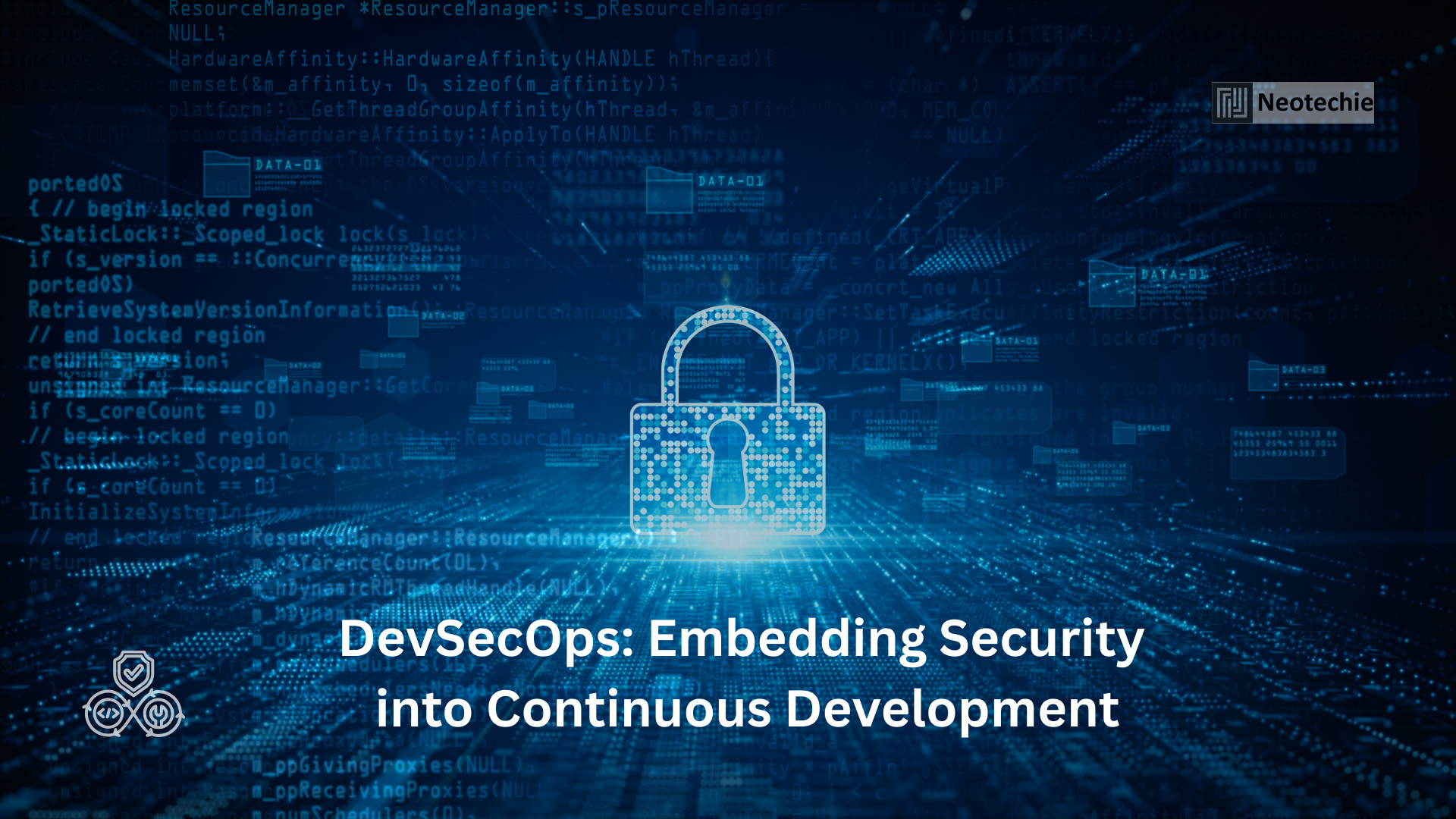DevSecOps — Embedding Security Into Continuous Development Lifecycles
Redefining Software Development with Integrated Security
As software becomes increasingly central to business operations, security cannot be an afterthought. DevSecOps integrates security into every stage of the software development lifecycle, combining development, operations, and security practices into a unified process. This approach ensures that vulnerabilities are identified and mitigated continuously, without slowing development or impacting innovation.
Adopting DevSecOps is a strategic move, driving business transformation by reducing risk, accelerating secure deployments, and improving compliance and customer trust.
What DevSecOps Brings to Software Development
- Continuous Security Integration
- What: Security is embedded into every stage of development, from coding to deployment, using automated tools and processes.
- Why: Identifying vulnerabilities late in the development cycle increases risk, cost, and delays in releasing products.
- How: Tools like static and dynamic code analysis, dependency scanning, and automated compliance checks are integrated into CI/CD pipelines. For instance, a fintech platform can detect weak encryption or insecure APIs during development, ensuring secure deployments and protecting sensitive data.
- Automated Threat Detection and Remediation
- What: AI and automation detect security threats and automatically apply fixes or alert teams.
- Why: Manual threat monitoring is slow, labor-intensive, and error-prone, leaving systems exposed.
- How: DevSecOps pipelines use machine learning to recognize abnormal patterns, malware, or vulnerabilities. For example, an e-commerce system can automatically patch security issues in payment modules, minimizing downtime, preventing breaches, and reducing operational risks.
- Shift-Left Security Approach
- What: Security is considered from the earliest stages of development, not as a final checkpoint.
- Why: Early security integration reduces defects, accelerates deployments, and ensures compliance with regulations.
- How: Developers use secure coding practices, automated testing, and continuous code review from the start. For example, a healthcare app can implement encryption and access controls from the initial code build, maintaining patient data confidentiality and regulatory compliance.
- Continuous Monitoring and Feedback
- What: Security and application behavior are continuously monitored, with real-time feedback provided to teams.
- Why: Threat landscapes evolve rapidly, and continuous vigilance is required to prevent incidents.
- How: Monitoring tools track metrics, detect anomalies, and generate actionable insights. A SaaS platform, for instance, can detect unusual login patterns and trigger multi-factor authentication, proactively securing sensitive data and preventing unauthorized access.
- Culture of Security Awareness
- What: DevSecOps fosters collaboration between development, operations, and security teams, embedding security awareness into organizational culture.
- Why: Security is a shared responsibility; human error is often the weakest link.
- How: Regular training, security reviews, and shared accountability ensure all teams are vigilant. Developers, operators, and security experts work together to maintain secure applications, reducing vulnerabilities, enhancing resilience, and supporting long-term business continuity.
Why DevSecOps Matters for Businesses
- Reduced Security Risk: Continuous security checks catch vulnerabilities before they can cause damage.
- Faster, Safer Deployments: Automated pipelines speed up releases without compromising security.
- Regulatory Compliance: Ongoing security integration ensures adherence to industry regulations.
- Operational Efficiency: Security becomes part of development, reducing post-release fixes.
- Customer Trust: Secure applications enhance reputation, confidence, and retention.
Driving Business Transformation Through DevSecOps
- Agile, Secure Innovation: Businesses can deliver new features quickly while maintaining high security standards.
- Proactive Risk Management: Continuous threat detection prevents downtime, breaches, and financial loss.
- Efficient Resource Utilization: Developers focus on innovation, while automated security handles routine checks.
- Enhanced Market Competitiveness: Secure, reliable applications improve customer confidence and brand reputation.
- Strategic Decision-Making: Insights from security monitoring inform development strategies and organizational policies.
How Neotechie Can Help
At Neotechie, we enable enterprises to embed security seamlessly into their software development lifecycle:
- Implement automated security testing and monitoring throughout CI/CD pipelines.
- Deploy AI-driven threat detection and remediation to proactively secure applications.
- Embed shift-left security practices to identify vulnerabilities early.
- Provide continuous monitoring and actionable insights for informed decision-making.
- Foster a security-conscious development culture through training and collaboration.
DevSecOps transforms software development by integrating security into every step, enabling rapid, reliable, and secure application delivery. Neotechie helps businesses adopt DevSecOps to drive operational excellence, compliance, and transformative growth. ᯓ★

